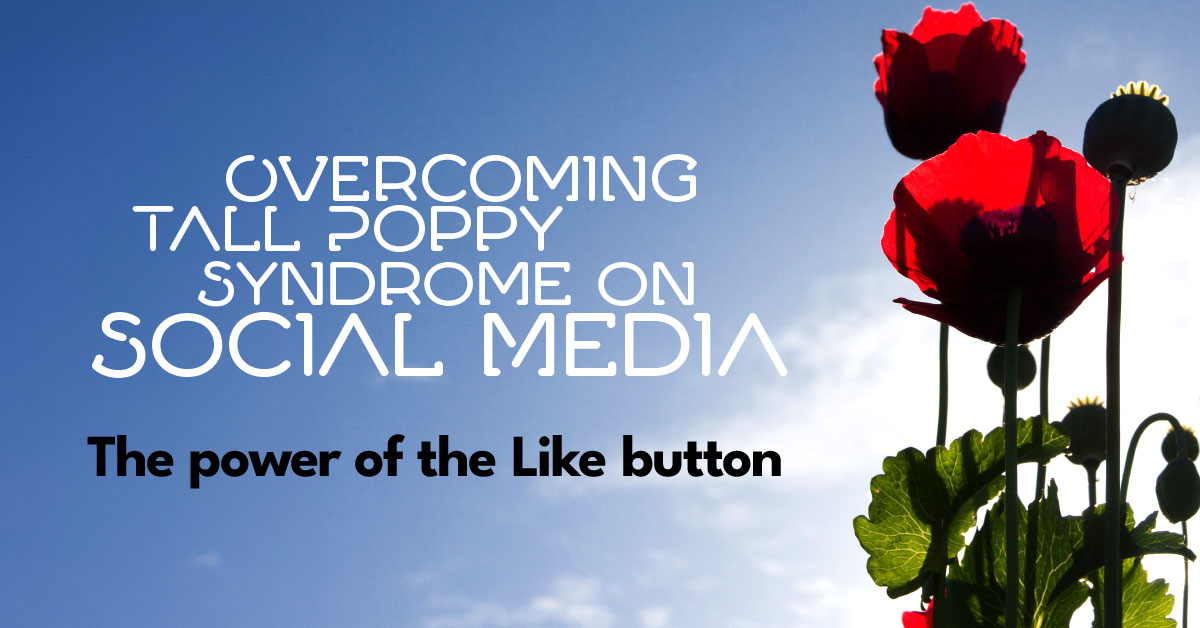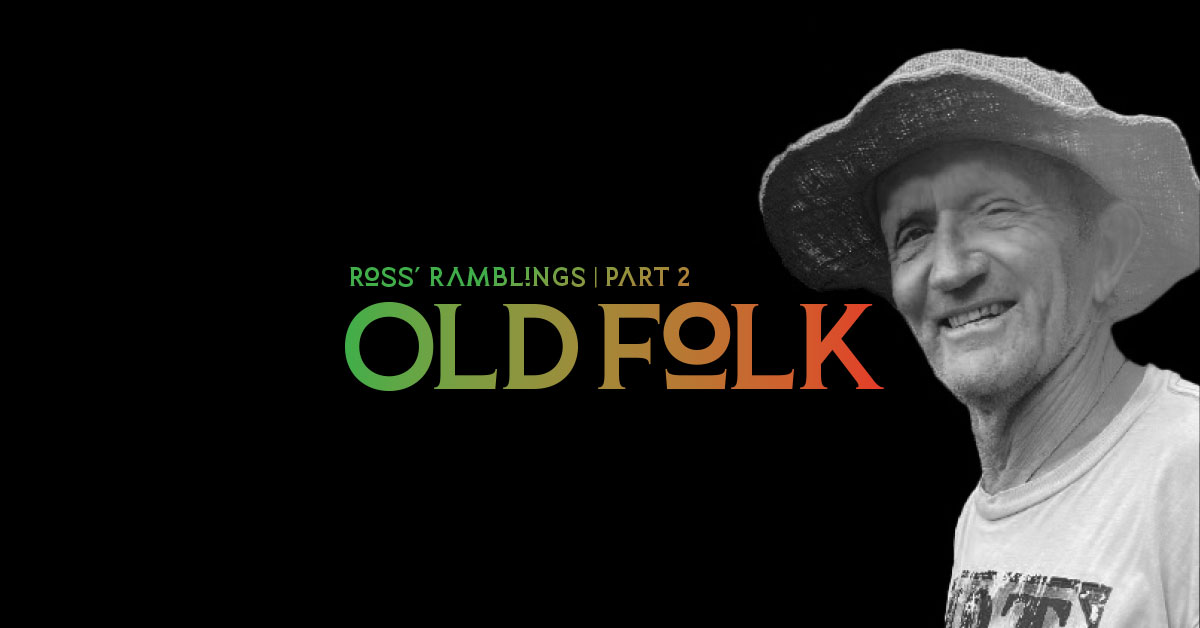Over the last 30 years I have worked as a leadership developer in organisations of all sizes, and I’ve concluded that the principles of leadership are remarkably similar in all of them. This summary of my observations and experiences is subjective, no doubt incomplete and possibly even wrong, but I hope it throws some light on the topic of leadership, how we exercise it within our
society and most importantly, your style of leadership. How do you lead?
An example of early leadership, especially in the nomadic tribes, was epitomised by people like Genghis Khan and his descendants. They were conquerors, dictators and emperors to whom life, other than their own, was cheap and winning was always the goal regardless of the cost. These leaders were powerful. They ruled with an iron fist or a bright sword, and were feared by their subjects, who often felt they owed their continuing existence to their leaders’ mercy. ‘Disobey or disrespect me at your
peril’ was their primary rule.
Then, as more people stopped roaming and started living in the same place, a new form of leadership grew. The ‘stabilisers’ emerged and what we now refer to as ‘society’ and ‘infrastructure’ arrived. Rules ruled! And with good intention: once people knew how to do something, why bother learning again, when you can just follow the rules. The leader’s role was to apply the rules, ensure they were upheld and adhered to. Individual wisdom and experience became institutionalised and ‘captured’ into these rules and as a result, innovation was often stifled.
In more recent times, the focus shifted to success. Achievement ruled and accountability for it was spread through the organisation. Financial results and growth became the primary measure of success with little thought given to environmental and social
consequences. The era of corporations began to emerge. They innovated and formed revolutionary rules such as ‘Let’s find new, cheaper, easier ways to do things’. People were encouraged to see themselves as cogs in a machine. The terms Human Resources and Mission Statement arrived, and leadership was exercised through an often complex hierarchy consisting of many branches and levels, from the Team Leader to the newly coined phrase ‘CEO’.
Then came the Values revolution: the focus was shifting from what the organisation did to how it did it. Words like respect, trust, and teamwork emerged while leaders became less involved in day-to-day operations. Other words like collaboration and empowerment became the catchphrases of the leaders, increasingly women, who were expected to role-model these behaviours. And while leadership at all levels still carried power, it also started to recognise and respect the efforts and ideas of others. Leaders could no longer claim sole responsibility for the success of their organisation or team. Financial results still ruled but they were underpinned by quality goals and standards as well as the company’s or team’s mission. Leadership became more facilitative, and
coaching gained prominence as a leadership capability.
Today, there is a growing acceptance that organisations can no longer focus exclusively on growth and profit. They have to take responsibility for their impact in the world. The leaders, now men and women, are conscious of the organisation’s consumption as well as its production; its contribution to society as well as its financial profit, the well-being of its people as well as their output. Integrity and transparency become key words and qualities. And who carries this responsibility? The leader? Yes, and increasingly people at all levels within the organisation. Emergence of ideas takes over from following rules and people feel safe to make decisions and take actions. The leader has to be supportive of people’s mistakes and see them as learning for individuals and the organisation. Leadership is no longer top down; it is shared throughout the organisation and responsibilities for forming and
achieving its mission really do become everybody’s business. There is a transition from a business with a mission to a mission with a business!
Will this catch on? Will it work? Will it be an improvement on how things are now? I certainly hope so; the need has never been greater.
Words by
Dave Burton
daveb@potential.co.nz






